
The phase 3b PRESIDE trial showed significant progression-free survival improvement when men with chemotherapy-naïve metastatic castration-resistant prostate cancer were treated with a regimen of continuous enzalutamide vs placebo.

Your AI-Trained Oncology Knowledge Connection!


The phase 3b PRESIDE trial showed significant progression-free survival improvement when men with chemotherapy-naïve metastatic castration-resistant prostate cancer were treated with a regimen of continuous enzalutamide vs placebo.

Patients with metastatic castration-sensitive prostate cancer experienced an early and robust reduction in prostate-specific antigen of 90% or more following treatment with apalutamide vs enzalutamide.
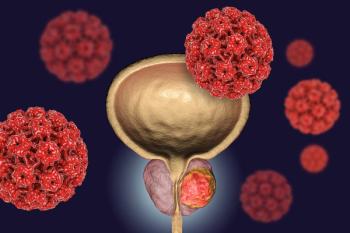
Data from the ARAMIS trial that were presented at 2022 ASCO GU showed that darolutamide benefit for patients with nonmetastatic castration-resistant prostate cancer was consistent regardless of the number of comorbidities or concomitant medications.

Eleni Efstathiou, MD, PhD, spoke about the treatment combination of niraparib plus abiraterone acetate and prednisone for the treatmeant of men with metastatic castration-resistant prostate cancer in the phase 3 MAGNITUDE trial.

The FoundationOne Tracker ctDNA monitoring assay was given breakthrough device designation by the FDA for use in early-stage cancer after curative therapy.

Datar Cancer Genetics announced that its TriNetra-Prostate blood test, which was developed to detect early-stage prostate cancer, received breakthrough device designation from the FDA.
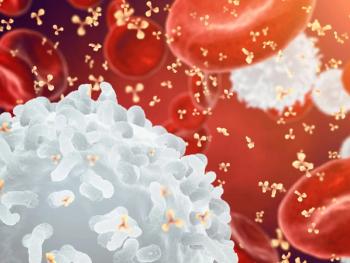
The CD19-directed CAR T-cell therapy lisocabtagene maraleucel was granted priority review by the FDA following an application for its use in patients with relapsed or refractory large B-cell lymphoma receiving therapy in the second-line setting.

A new drug application for adagrasib was accepted by the FDA for the treatment of patients with KRAS G12C–mutated non–small cell lung cancer.

Jonathan R. Day, MD, PharmD, and Brian K. Link, MD, give their perspective on emerging treatments for follicular lymphoma.
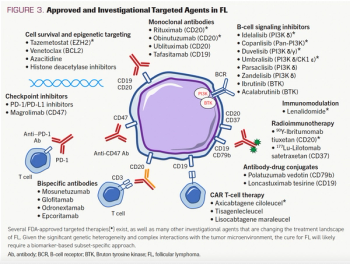
This review article written by Kirk E. Cahill, MD, and Sonali M. Smith, MD, discusses standard and emerging therapies for the treatment of follicular lymphoma.

Patients with prostate cancer commonly have significant depression, highlighting a need for screenings in those with poor social determinants of health, concomitant disability, and advanced disease.

Fast track designation was granted by the FDA for pidnarulex in patients with BRCA1/2 or PALB2 mutations with ovarian or breast cancer.
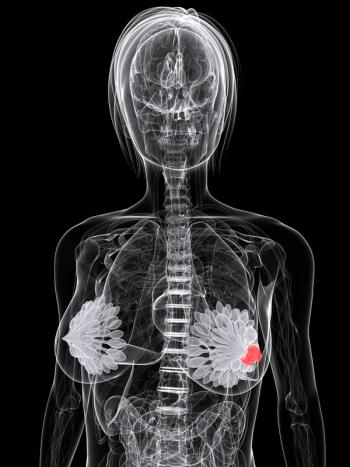
Patients with stage II/III HER2-negative breast cancer who were treated with daily high-dose aspirin did not experience an improvement in invasive disease-free survival.
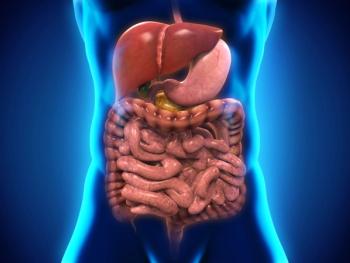
This review article written by Nikia R. McFadden, MD, MAS, et al, discusses which therapies are best to treat unresectable colorectal liver metastases.

Patients with KRAS G12C–mutated locally advanced or metastatic pancreatic cancer experienced clinically meaningful benefit from treatment with sotorasib .

Cancer misinformation may be more prevalent among residents in rural vs urban areas, study finds.
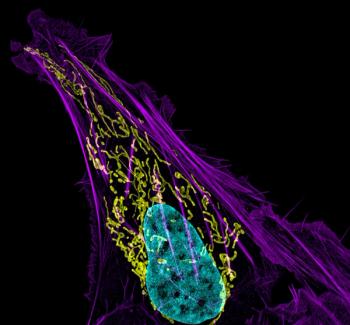
A 5-day prophylactic postoperative intravenous antibiotic regimen did not reduce the rate of surgical site infections vs a 1-day regimen and increased the risk of antibiotic complications for patients with lower extremity bone tumors.

This case presents a patient with locally advanced, unresectable, mismatch repair–deficient sigmoid colon cancer who was treated with neoadjuvant chemoimmunotherapy followed by surgical resection leading to a complete pathologic response after preoperative systemic chemoimmunotherapy.

“The pendulum is moving fast towards giving chemotherapy prior to surgery, and the research is going on to continue that trend.”

On this episode of the Oncology® Peer Review On-The-Go, Emily Smith, MD, discussed a patient case of basal cell carcinoma she and colleagues published in the journal ONCOLOGY®.

A combination of sitting for longer periods a day and a lack of physical activity resulted in a higher risk of death than those who partook in physical activity.

Patients with recurrent cervical cancer appeared to achieve a promising survival benefit following treatment with cemiplimab.

Ghassan K. Abou-Alfa, MD, examined the trial design of the phase 3 HIMALAYA trial of tremelimumab plus durvalumab for frontline hepatocellular carcinoma, with results presented at the 2022 Gastrointestinal Cancers Symposium.

In an interview with ONCOLOGY®, Megan May, PharmD, BCOP, offers a comprehensive review of real-world treatment considerations of mobocertinib as therapy for patients with lung cancer.
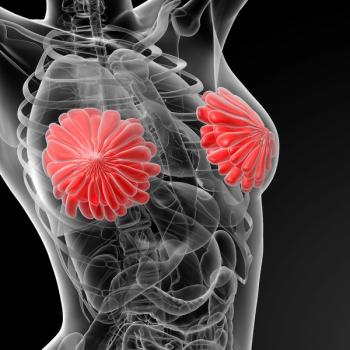
A phase 3 study from China identified that gonadotropin-releasing hormone analogs administered with chemotherapy reduced the risk of premature ovarian insufficiency among premenopausal patients with breast cancer.
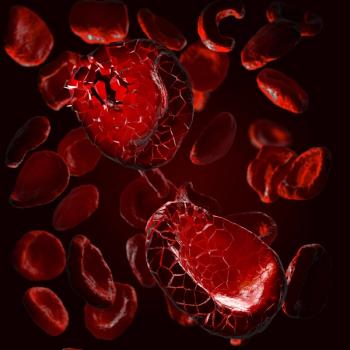
ONCOLOGY co-editor-in-chief Julie M. Vose, MD, MBA, re-caps the 2021 American Society of Hematology conference and discusses which presentations were the most important.

Findings from a study indicated that patients with melanoma who had a high fiber diet experienced better responses to immunotherapy.

A report from the American Association for Cancer Research described how the COVID-19 pandemic has impacted cancer care and research, and how the space has since adapted.

The FDA's Oncologic Drugs Advisory Committee stated that additional clinical research demonstrating applicability within the United States is necessary to support the biologics license application for a sintilimab combination regimen for non–small cell lung cancer.

Findings from an analysis assessing diverse participation in multiple myeloma FDA drug approval trials highlighted a significant deficit of Black and Hispanic patients.